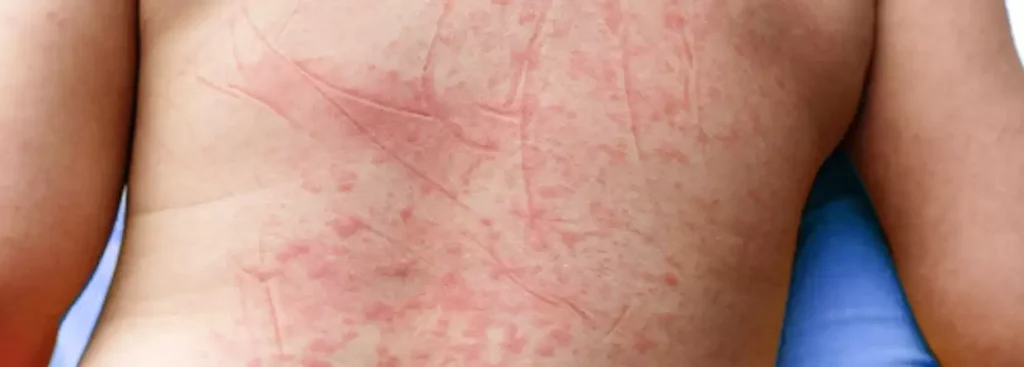Dengue fever, often just called dengue, is a mosquito-borne infection that has become a major international public health concern. It is prevalent in tropical and subtropical climates worldwide, mainly in urban and semi-urban areas.
Causes of Dengue
How Dengue is Transmitted
Denge is primarily spread through the bites of infected Aedes mosquitoes, particularly Aedes aegypti and Aedes albopictus. These mosquitoes thrive near human dwellings and breed in stagnant water.
Factors Contributing to Spread
The spread of denge is influenced by factors such as rising global temperatures, urbanization, and increased travel, which facilitate the breeding of mosquitoes and the mobility of the virus.
Symptoms of Dengue
Common Symptoms
Symptoms typically begin three to fourteen days after infection. They include high fever, severe headache, pain behind the eyes, joint and muscle pain, and rash.
Severe Symptoms
In severe cases, denge can develop into life-threatening denge hemorrhagic fever, resulting in bleeding, blood plasma leakage, and potentially, shock (denge shock syndrome).
Prevention Strategies
Personal Protection
Preventive measures include using mosquito repellent, wearing long-sleeved clothes, and ensuring homes are fitted with screens to keep mosquitoes out.
Community Efforts
Community-wide efforts are crucial and include eliminating mosquito breeding sites, such as standing water in containers, and public health campaigns to raise awareness.
Diagnosis of Dengue
Laboratory Tests
Diagnosing denge requires specific laboratory tests that can detect the denge virus, antibodies, or antigens.
Importance of Early Diagnosis
Early diagnosis can significantly improve the management of denge and reduce the risk of severe complications.
Treatment of Dengue
Home Care
Managing mild denge symptoms at home includes staying hydrated and resting. Over-the-counter pain relievers can alleviate pain and reduce fever.
Medical Treatments
Severe cases require immediate medical attention to manage complications through supportive care in hospitals.
Epidemiology of Denge
Denge Worldwide
Denge is endemic in more than 100 countries, affecting millions of people annually.
Trends and Research
Current research focuses on vaccine development and improving vector control strategies.
Future Outlook
Advances in Prevention and Treatment
There are promising developments in vaccine research and novel mosquito control techniques that could drastically reduce denge incidence.
Importance of Global Collaboration
Combating denge effectively requires continued international collaboration, particularly in sharing research and resources.
Conclusion
Denge remains a significant health threat globally. Continued efforts in prevention, timely diagnosis, and treatment are vital to reducing its impact.

